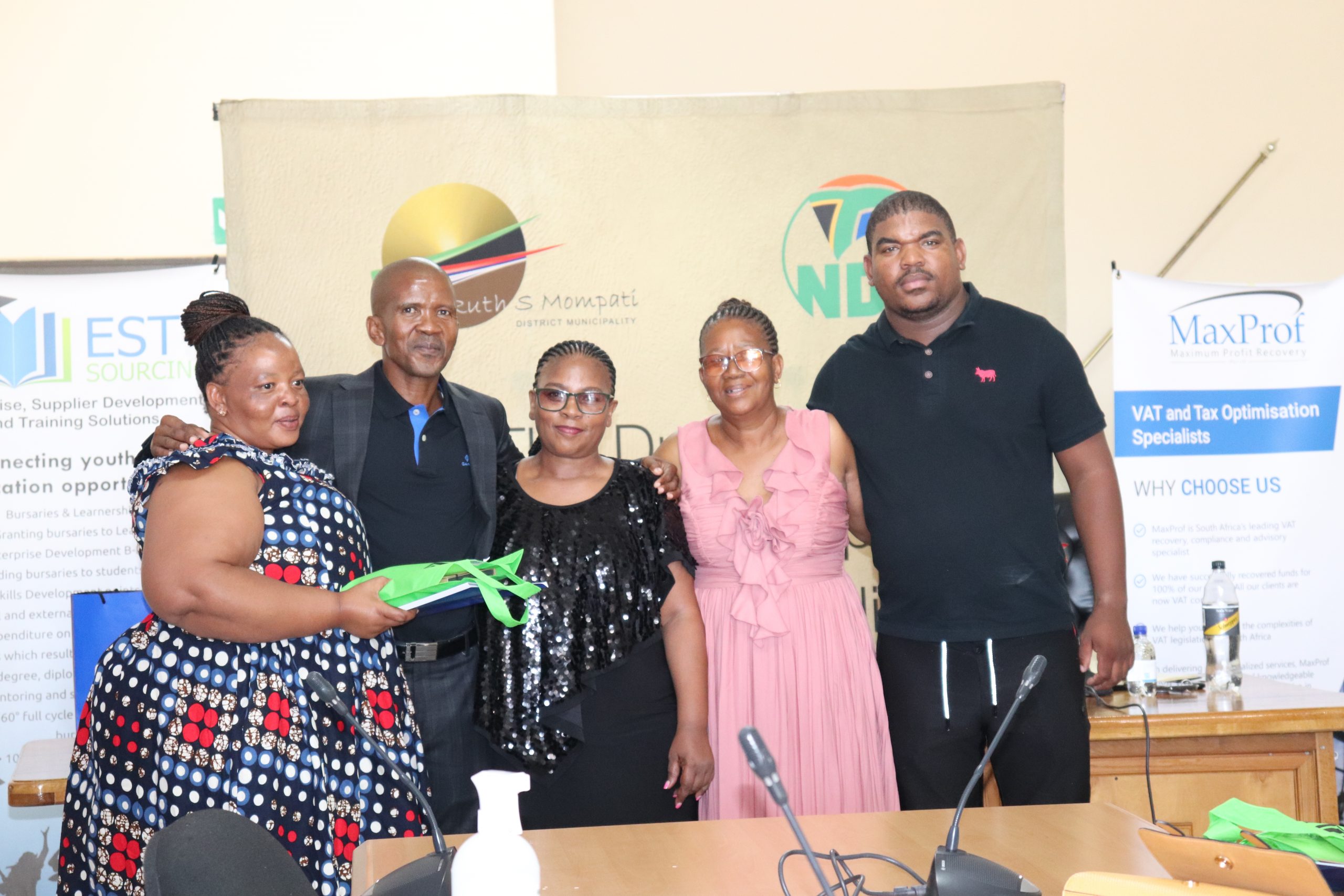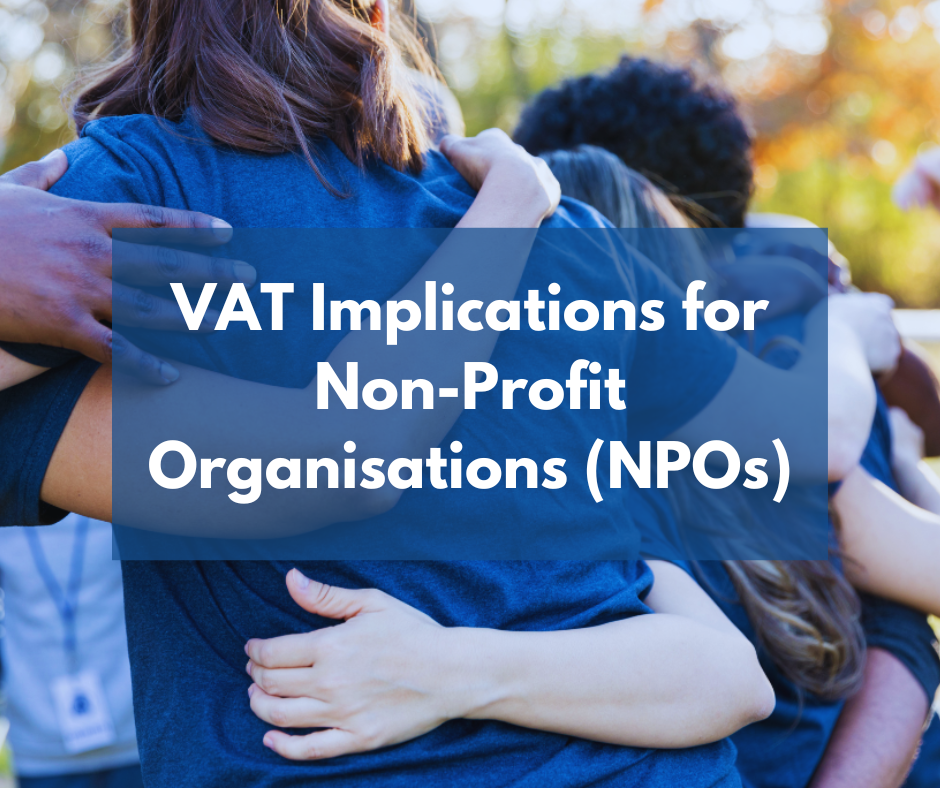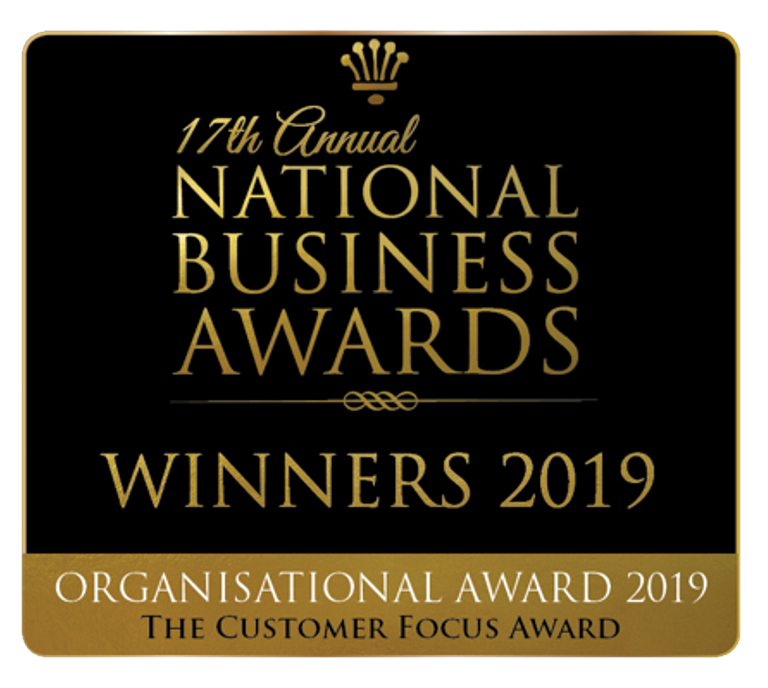by Bongani Makgoba, MaxProf Auditor

Business growth over many years has involved one company purchasing a controlling interest in another company and using their combined synergies to streamline operations and generate larger revenues.
In other cases, larger corporates may see an opportunity to enable growth by investing large sums of cash in smaller startups to take advantage of and make use of their intellectual property to diversify their offering and grow on a large scale.
Group of Companies
When a company purchases and owns more than 50% of another company’s voting stock, we then say that the company has a controlling interest in the purchased company and can control the management and operations of the company through passing resolutions.
The company that owns another company is known as the parent/holding company. And the company that has been purchased is known as the subsidiary.
One entity may have a controlling interest in more than one company, thus producing what we call a group of companies, whereby a single holding company has more than one subsidiary.
As defined by the Companies Act, a group of companies is two or more companies that share a holding company or subsidiary relationship.
Intercompany Transactions
In the process of streaming lining operations and establishing growth, companies within a group may engage in transactions with one another. These transactions may involve the sale of inventory, equipment, non-current assets, long-term loans and recharging of costs and expenses.
When such transactions occur, we refer to them as intercompany transactions whereby there is a recording of financial transactions between two different entities that fall under the same holding company.
These transactions may be downstream (parent to subsidiary) upstream (subsidiary to parent) or lateral (between subsidiaries).
We need to bear in mind that some of these transactions could very well have VAT implications as all the entities in the group are separate legal entities and are individually liable for their VAT and other taxes.
What To Consider?
In identifying the VAT implications of these transactions, there are a few considerations we must make.
1. Connected Persons
When a group of companies is formed, one needs to consider whether the companies are connected persons in terms of Section 1 of the VAT Act.
A connected person is defined in the VAT Act and includes but is not limited to:
- A company and any other company that has control or shareholders that are substantially the same.
- A company and any natural person where that natural person owns more than 10% of the shares or voting rights in the company.
2. Time of Supply
Where goods are to be removed, the time of supply is deemed to be the date of removal of those goods.
Regarding other goods, the time of supply is deemed to be the date when the goods are made available to the buyer.
When the supply is the supply of services, then the time of supply is when the services are performed.
3. Value of Supply
The value of supply is deemed to be the open market value of the goods or services provided on the condition that:
- No consideration is received, or
- Consideration is below the open market value, or
- The consideration cannot be determined at the time the supply is made and the purchaser would not be entitled to a full input tax deduction on the goods or services acquired.
The rule effectively determines the value of supply as the open market value for the seller, and thus only applies to the seller.
4. VAT Liability
The transaction needs to satisfy two criteria for a VAT liability to be raised:
- The transaction must be for the supply of goods or services that are liable to VAT.
- The VAT liability charged can only claimed if the goods or services paid for are used to make taxable supplies and those goods or services are cost components in making those taxable supplies.
As the businesses are two separate legal entities, the VAT liability must always be defined.
- Once there is certainty over the payment for the goods or services is a consideration for the supply of goods or services, we then move to the next considerations we need to make.
- The transaction must be made in the course or furtherance of an enterprise.
- Identify the nature of supply. i.e., Is it a management charge? Consulting fees? Sale of assets? Sale of inventory? Disbursements? Salaries?
- Can evidence be provided for the transaction?
- If there is a written agreement, does the agreement correctly represent the arrangements?
5. Sale of Assets
When considering the sale of assets between two companies within the same group, in addition to the criteria mentioned above and considerations, one also needs to consider the reason for the sale between the entities, mainly the type of asset, and whether the sale is in the course or furtherance of an enterprise or if this is a transfer of assets from entity to another.
Written agreements detailing the purpose of the sale and use of the asset become of the utmost importance as the reasoning will determine the VAT treatment of the transaction.
The sale of current and non-current assets from one company to another would represent the sale of a standard-rated item, as the sale of the asset is in the ordinary course of business for the enterprise. Thus, VAT should be levied on the sale of these assets, and the company billed for these assets may also claim the VAT levied.
The transfer of depreciable assets to connected persons will generally attract VAT concerning the open market value of the goods unless a zero rating applies in the case where goods are transferred as a going concern and the requirements of section 11(1)(e) of the VAT Act are met, or when input VAT was denied, e.g., through the sale of canteen equipment or the sale of a motor vehicle as defined (excluding car dealerships).
6. Management Charge
Where one company charges another a fixed management charge then VAT should be added to the inter-company charge on the invoice as the management charge would represent an ordinary supply of goods or services from one company to the other. It is however important to ensure that evidence of this management charge is documented and kept as proof of the transaction.
The company being billed this management charge will be able to claim VAT on this transaction as the expense incurred is viewed as an expense during the furtherance of an enterprise.
It is also important to consider the criteria and considerations mentioned above as management charges may contain varying reasons for the charge, and relevant documentation and agreements need to be in place for the VAT to be treated correctly.
7. Salaries and Wages
Consideration must be given to the principal-agent theory when accounting for salaries and wages. One must determine who takes on the salary and wage charge and in what capacity they are taking that charge.
Section 54(2) of the VAT Act determines that where any vendor makes a taxable supply of goods or services to an agent who is acting on behalf of another person who is the principal for that supply, the supply is deemed to be made to the principal.
Where a company incurs the salary expense as the principal recipient of the goods or services obtained and proceeds to recharge the salary expense to another company within the group, then VAT must be levied on the recharge of the salary expense.
But where a company incurs a salary expense in the capacity of an agent of another company within the group of companies, then the recovery thereof is not subject to VAT.
Particular attention also needs to be paid when comparing the difference between paying salaries and supplying employees to the subsidiary company.
The paying of salaries will attract no VAT implications.
However, the supply of employees by one company to another within the same group may attract VAT consequences as the supply of employees could be an added service for the company and thus represent a standard-rated supply.
Conclusion
Each intercompany transaction should be looked at individually and the VAT consequences attached to each transaction should be evaluated carefully to ensure full statutory compliance with SARS.
It is important to continuously review the purpose of the transaction between the two companies, as well as ensure that the requirements and criteria have been met when VAT implications are relevant to certain transactions.














